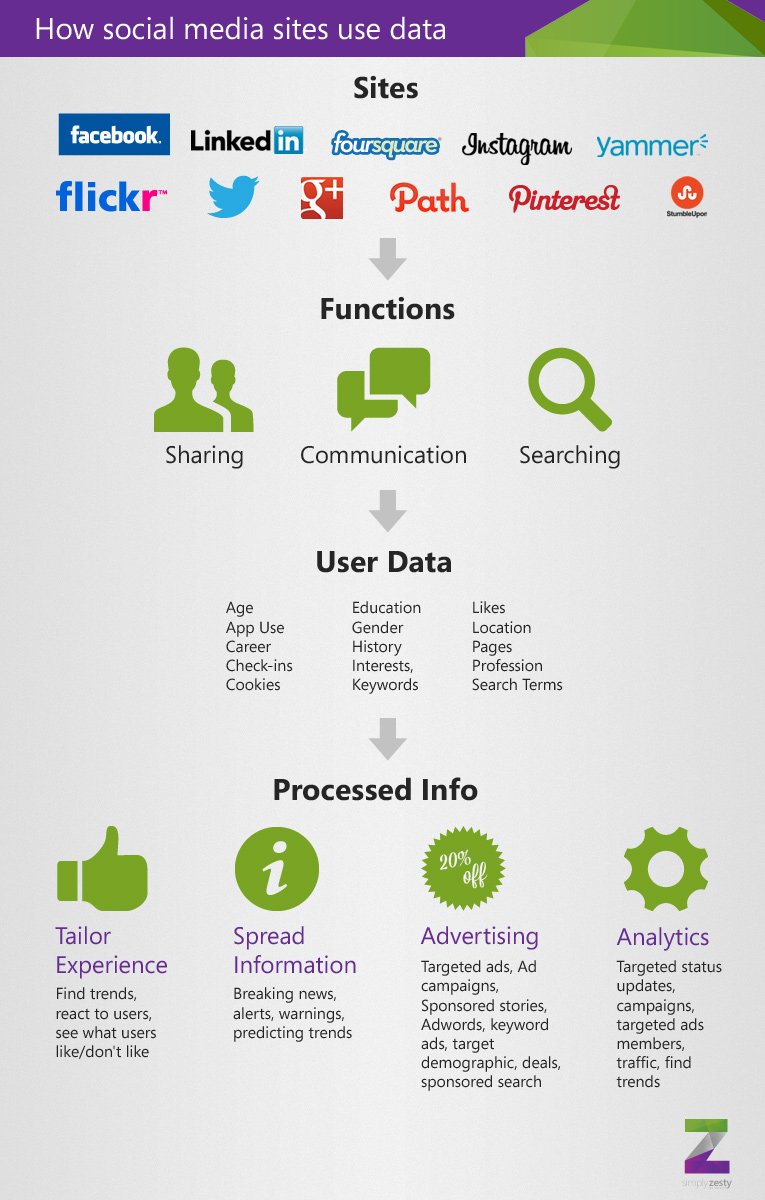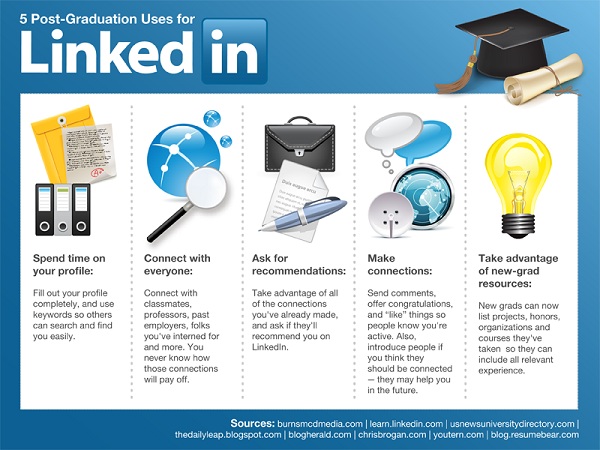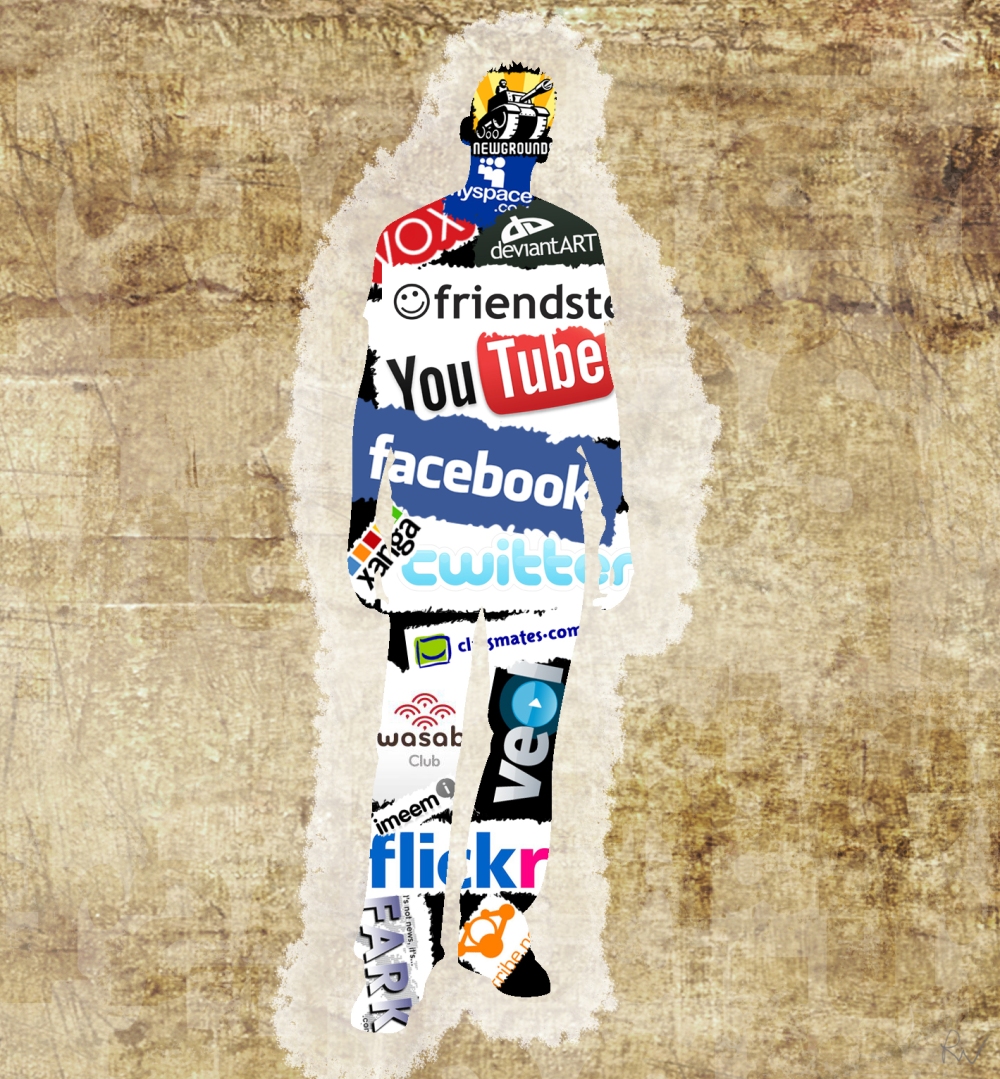Final Reflections
I approached UOSM2008 with caution at first. Being a Web Scientist, this module was a compulsory one and so perhaps not one I would have chosen myself. The concept of learning through blogging was a strange one at first and I was not sure if I would like it. Now that the module has come to an end, I have found that it was indeed a good way to encourage students to go out and research a topic, write about it, engage with the opinions of others, and critically reflect. Whilst it may not be for everyone, I think I would recommend this module to those considering it.
Below, I present an infographic with statistics that I made to summarise some of the key facts and benefits of blogging that I have come to realise over the course of this module.

As this module ends, it is time to reflect upon what, and how much, I have learned over its duration. Below I have included the results of my “self-test” which evaluates my digital literacy in key areas, both at the start of the course and at the end.

I would say that the area of improvement that I think will be the most useful to me in future, is the management of my online identity. Whilst I have maintained multiple online identities for some time across various social networks, this module has brought me to think deeply about the advantages and disadvantages of multiple online identities and unified online identities. I personally have favoured and will continue to favour the former, but will admit that the majority of my focus was previously on personal social networks such as Facebook. I feel that I now fully understand the importance and usefulness of developing your online identity in a formal/business context, and so I have gone on to improve my LinkedIn presence, which can be seen here.

Furthermore, having never particularly made an effort to interact with other parts of LinkedIn, as can be seen above I decided to join a group that was of interest to me. The group conducts discussions regarding Web Design and shares information and tips, which I have found useful. It is good to get an online experience of the working Web Developer community, and could prove useful when job hunting.
However, other topics have imparted important messages too, and below I have made a quick video to outline some key ideas I presented in each topic.
Do I feel that I am likely to continue blogging after this module? Probably not in an educational aspect. I regularly use the microblogging site Tumblr, but mostly for the digestion of content rather than creation. I could perhaps end up blogging as part of future employment but that remains to be seen. So, all that is left to be said is that I enjoyed this module, and that this is my very final piece of work for my whole degree! I made it! 🙂






